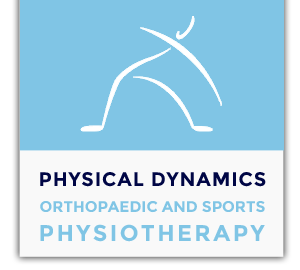IMS/Trigger Point Dry Needling
We are very pleased to offer this technique as part of our regular Physiotherapy treatment, which is, as always, based on a thorough bio-mechanical assessment of the patient. TPDN is used as a complimentary modality and never as the sole treatment option for our patients, as our philosophy is still based on a bio-mechanical and Manual Therapy approach, with exercise and ergonomic education to improve long-term success.
Trigger Point Dry Needing involves the insertion of acupuncture needles into taut bands of muscle (or trigger points), in order to elicit a local twitch response. The twitch response causes a reflexic relaxation of the muscle (lengthening it) and a local increase in blood flow (because of the microtrauma-effect of the needle insertion). The resultant lengthening of the muscle and increase in circulation combine to stimulate the body’s natural healing process. Penetration of normal muscle tissue is virtually painless, however insertion of a needle into a shortened, taut band will produce a grasping of the needle by the muscle, which can be a more intense sensation. There is often an immediate improvement in the patient’s mobility, however there is sometimes some residual achiness in the muscle that will persist for approximately 24 hours.
TPDN is similar to acupuncture in some ways, but an important distinction is that needle insertion is determined by our physical examination, and not a series of predefined points or meridians. The technique is similar to that known as Intramuscular Stimulation (IMS), which is a trade-marked name developed by Dr. Chan Gunn in British Columbia.
We have an ongoing commitment to integrate current research into our practices and maintain high standards of patient care. We strive to provide the best available, evidence-based rehabilitation assessment and treatment for our patients, and we look forward to working with you.

